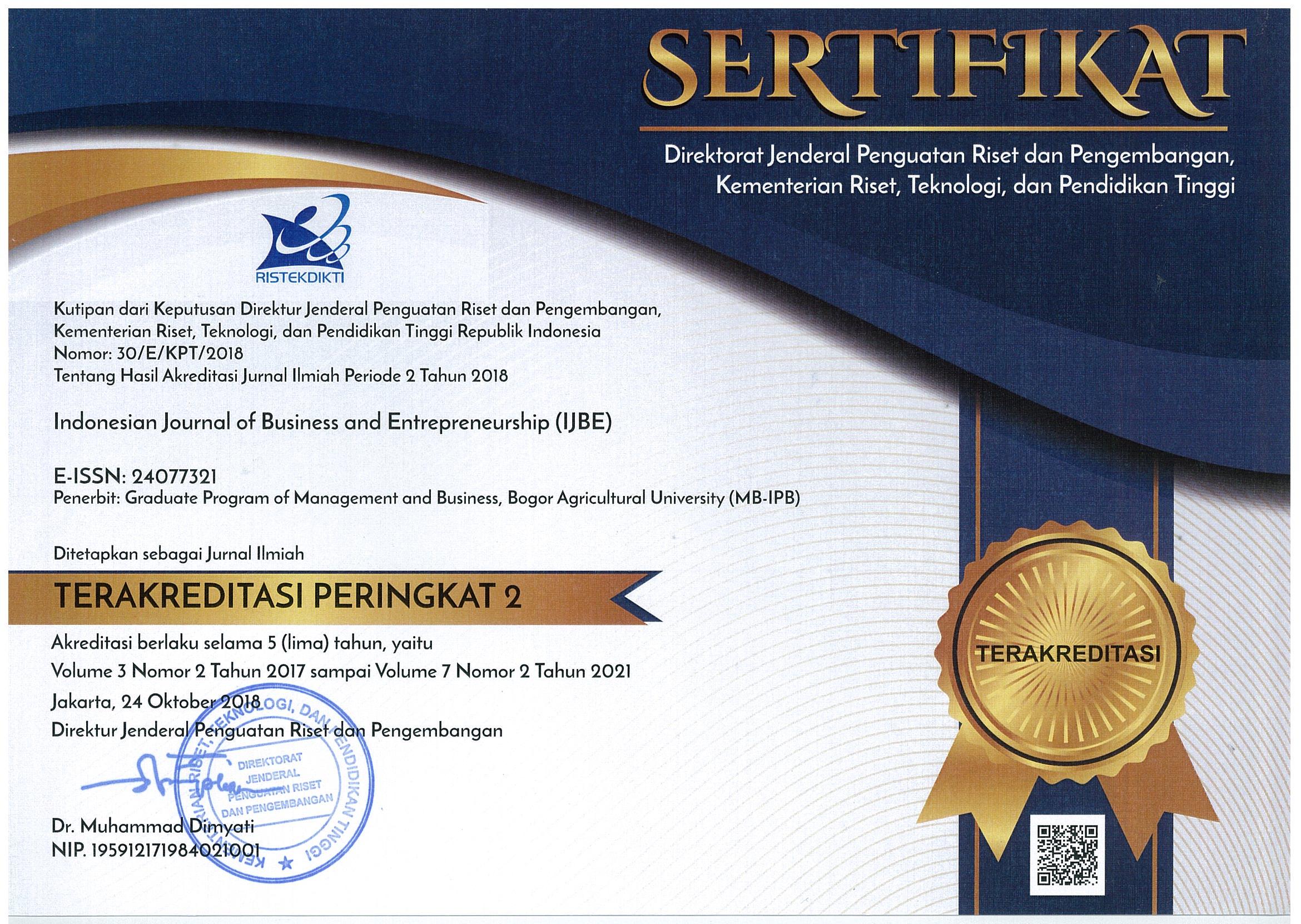THE RISK OF SUB-PRIME MORTGAGE CRISIS AND COVID-19 PANDEMIC: LESSON LEARNED FROM INDONESIA
Abstract
This study aims to analyze the risks in Indonesia's financial sector related to the sub-prime mortgage case in the United States and COVID-19 pandemic. This study uses a comparative analysis of the time series model from 2006 to 2020. The data includes stock index, exchange rate, and interest rate variables collected from Datastream. This study calculates the mean level of the model and the variance level of the model, namely ARMA, GARCH, and EGARCH. The results of this study are, in the three years before the sub-prime crisis, no autocorrelation for all variables, whereas the sub-prime crisis period showed the existence of autocorrelation. However, there is no autocorrelation during the COVID-19 pandemic. The stock index variable's optimal model is the GARCH model, while the exchange rate and interest rate use the EGARCH model. Furthermore, the financial sector's risk increased during the subprime mortgage crisis as indicated by an increase in stock index volatility, exchange rate, and interest rate from the pre-crisis period.
Keywords: risk, ARMA, GARCH, EGARCH, sub-prime crisis, COVID-19







